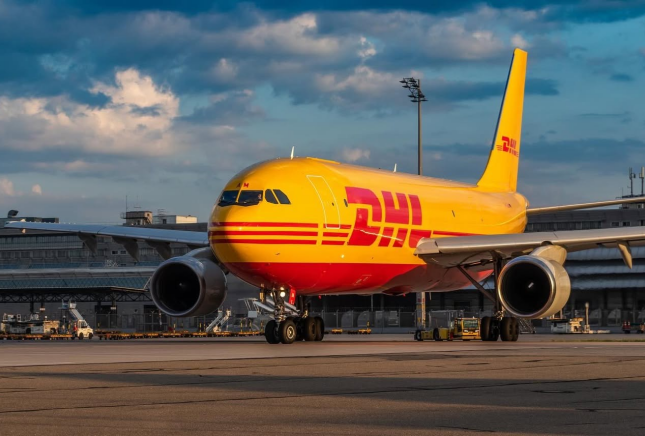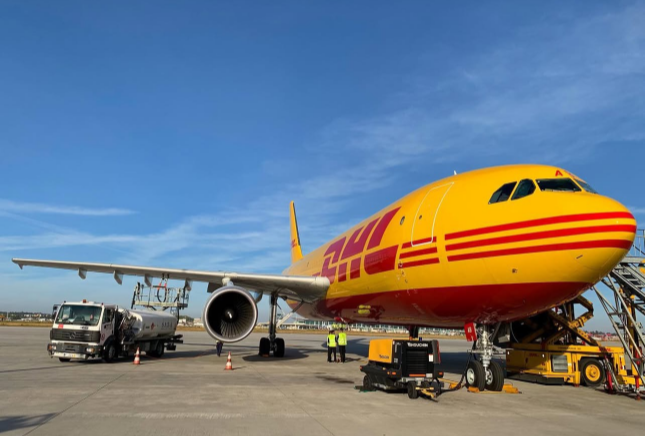Airbus A300-600 is a medium and short-range wide-body passenger aircraft designed and produced by Airbus. It is an improved model of A300B2/B4.
The A300-600 was officially put into commercial operation in 1984, with a standard passenger capacity of 266 and a range of up to 7,500 kilometers.
Technical specifications and performance parameters
Passenger capacity: The standard passenger capacity is 266 people, and the passenger capacity of the whole economic layout is 298 people.
Sailing range: The maximum load range is 7,500 kilometers.
Power unit: General Electric's CF6-80 or Pratt- Whitney's PW4000 engine is installed.
Maximum total take-off weight: 165 tons.
Historical background and market performance
The A300-600 first flew on July 8, 1983, and obtained the French and German model qualification certificates in March 1984. Due to its increased range, increased passenger capacity and economic advantages, the A300-600 has been successful in the market, selling 271 aircraft. In addition, the A300-600 cargo aircraft was put into commercial operation in 1994, with a cargo capacity of 54.5 tons, making it the smoothest in its class.
Sold cargo aircraft.
Derivative models and special uses
A300-600 has passenger aircraft and cargo aircraft models, as well as the modified "White Whale" cargo aircraft (SATIC A300-600ST) on this basis. The A300-600F cargo plane was put into operation in 1994 and can carry 54.5 tons of goods. The A300-600R model is an increased range model with a fuel tank at the tail.
User evaluation and market positioning
A300-600 has been highly praised in the market for its efficient economy and safety. For example, the A300-60OR aircraft is 30% fuel-efficient and has a lower maintenance cost than the traditional four-jet aircraft, which gives it a significant economic advantage on long-haul routes. In addition, the A300-600R's automatic flight system and two-person crew system have also greatly reduced operating costs.


